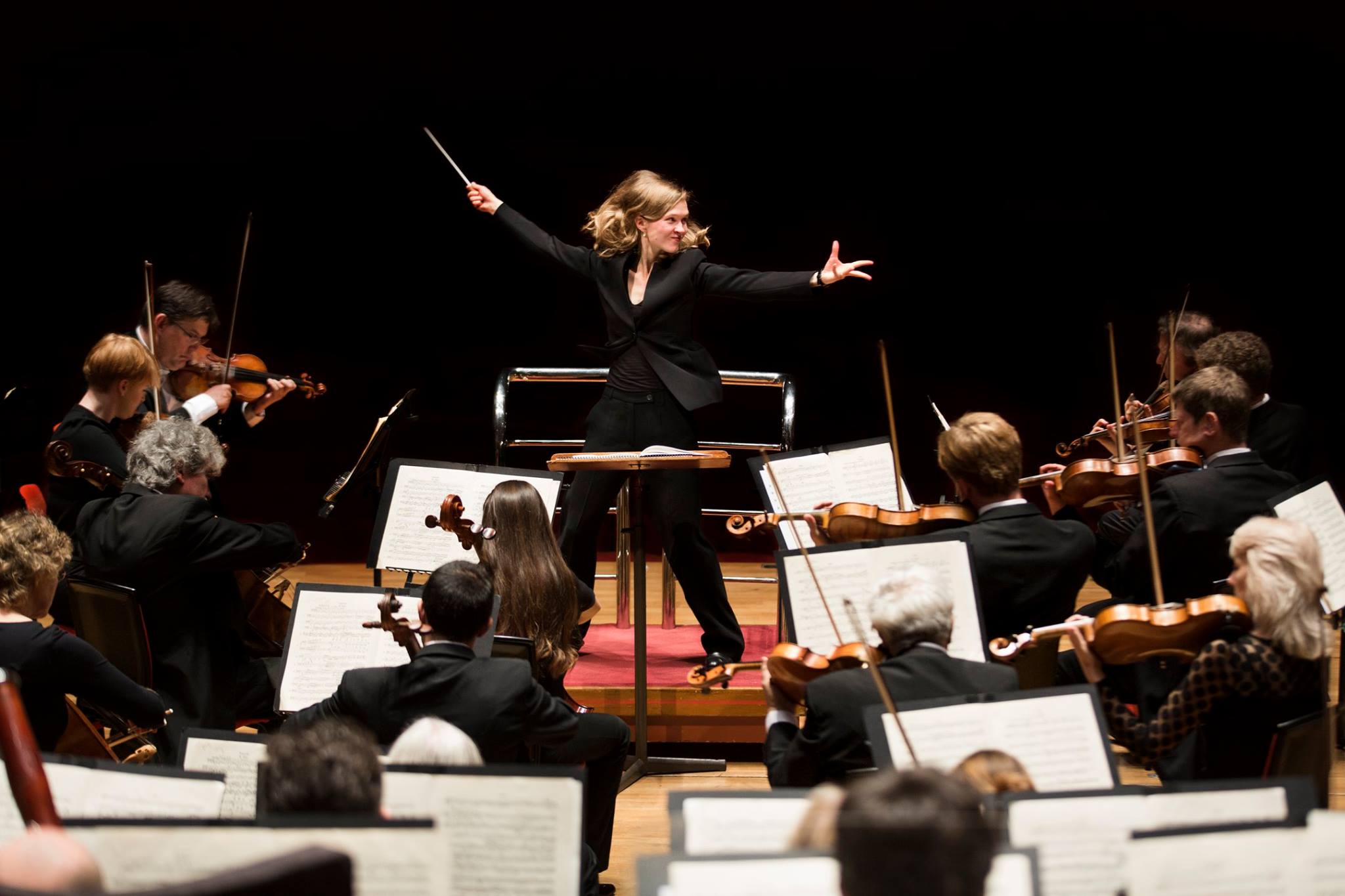On Air Now
Early Breakfast with Lucy Coward 4am - 6:30am
25 March 2021, 13:51
A conductor has got one of the most visible jobs in the world, but despite this, many people are completely baffled by what they actually DO. What difference are they making? Would the orchestra still play without them? And why do they sweat so much?
By Victoria Longdon
There are plenty of stereotypes surrounding conductors; they’re dictatorial, mysterious, almost magical, old, elitist. And almost exclusively male.
These stereotypes are increasingly out-of-date (there are now an increasing number of female conductors), and recently there’s been a lot of important work done to disrupt and dispel them.

Mirga Gražinytė-Tyla is the music director of the City of Birmingham Symphony Orchestra
As long as there are myths around what a conductor actually does, an important part of classical music will seem mysterious to many people.
So let’s get cracking and demystify the nuts-and-bolts of what conductors actually do.
At a basic level conducting is very simple. It keeps an orchestra or a choir in time and together.
But that’s just the starting point. Most importantly a conductor serves as a messenger for the composer. It is their responsibility to understand the music and convey it through gesture so transparently that the musicians in the orchestra understand it perfectly.
Those musicians can then transmit a unified vision of the music out to the audience.
People have been using sticks to ‘conduct’ music since 700BC, but it’s gone in and out of fashion. In Medieval and Renaissance times most small ensembles listened to each other and performed without a conductor.
Later, as more instruments were invented and orchestras grew in size, the favour shifted to using a big staff that leaders would pound on the ground to keep time. This was very effective because the musicians could hear it, but then the composer Lully stabbed himself in the foot and got gangrene and died...
So people began to look for other ways to conduct the music.
Nowadays conductors use either a baton (for a large ensemble) or just their hands. There are set patterns and gestures which communicate key features of the music, but since the players often already have those features written on their scores this isn’t the conductor’s main role.
Find out more about how to conduct in this masterclass from Marin Alsop >
Over the years the job has developed into something which is primarily artistic; to integrate the musical interpretations of all the musicians on stage into a bigger picture.
There are, they’re just less common. If you think about rock and pop in general, you frequently hear bands performing their own music, or you might listen to a cover-version. Covers can differ hugely from the original, because of a new artist’s interpretation.
Now think of the world of classical music: works are always being performed by different instrumentalists, they have a history of hundreds of performances, many of the composers are long dead, and the ‘band’ is 100 people strong.
Suddenly, agreeing on that interpretation becomes a bit more tricky.
That’s where a conductor comes in. You see, it’s not just about beating the right pattern, it’s about how they add to that gesture and develop it to shape the music, a skill which involves psychology, body language, knowledge of history, and a sensitivity to everything that makes us human.
So the next time you see a conductor at work, take a closer look at their connection to their players, and listen out for the bigger picture.
It's no wonder they're sometimes a leetle bit sweaty.